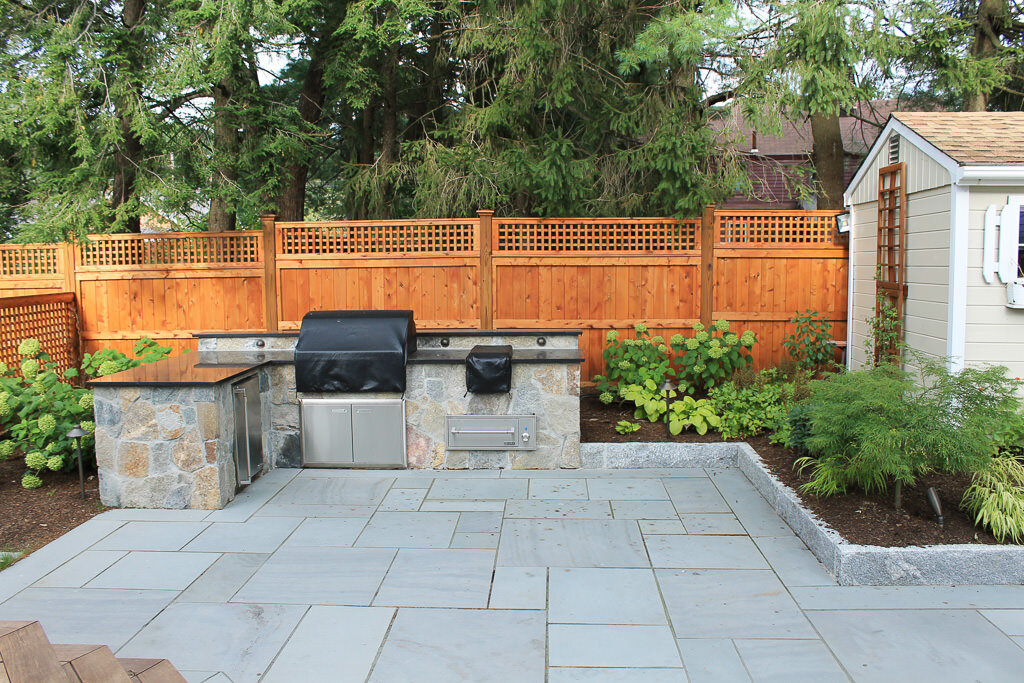Types of material to consider when choosing one for a fence project

If you’re in the market for new fencing, you might find that your options may appear limitless. Fencing materials can range from a variety of woods and metals to vinyl and composite materials. After you factor in the wide range of styles, heights, colors and configurations, the selection can become downright confusing.
To help you narrow your choices, first consider the function of the fencing. Do you want to add fencing to protect your children and pets? Do you want it for cosmetic purposes only? Are you trying to block an unsightly view?
Next, determine any regulations that further limit your options. For example, your neighborhood homeowner association may have stipulations in place that limit the height and type of fencing that is allowed. Historic neighborhoods also may have specifications on the type of fencing that is permitted on your property. Different towns may have different restrictions on height, location and materials.
To help you make the best decision, consult with a professional fencing installer who has had experience with projects similar to yours. He/she can further guide you in making a decision that will meet your needs as well as accommodate your budget.
Here are 4 types of fencing materials to consider:
Vinyl: Often a top choice among homeowner associations in newer neighborhoods, this type of fencing tends to have clean, uniform lines. It also is a cost-effective option because it is easy to maintain; no painting and sealing required. In most cases, vinyl fencing has a longer warranty than other types of fencing.
Brick/masonry: Though an expensive option, brick as fencing is appropriate for historic neighborhoods and more stately properties. It also provides a high degree of privacy and security.
Metals: Materials in this category can include aluminum, steel and traditional wrought iron – an expensive but beautiful choice. These options are ideal if you want to establish boundaries on your property but would rather maintain your views. They also can be highly decorative and enhance the overall aesthetic of your property.
Wood: One of the most common types of fencing, wood can give properties a traditional look. However, the lifetime of wood fencing varies. Many types have a lifespan of 10 to 15 years and require regular maintenance, ranging from cleaning and sealing to painting. It’s important to understand the different types of wood and which are preferable for your purposes, tastes and climate.





